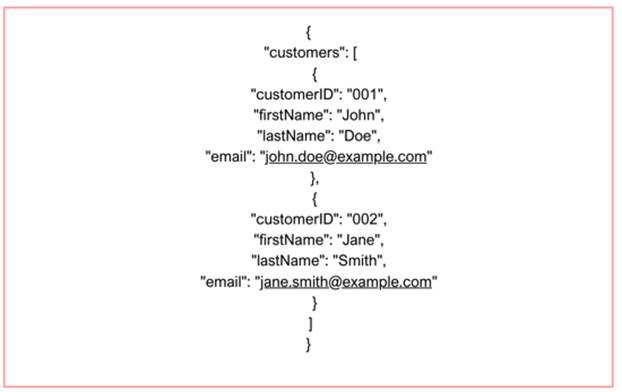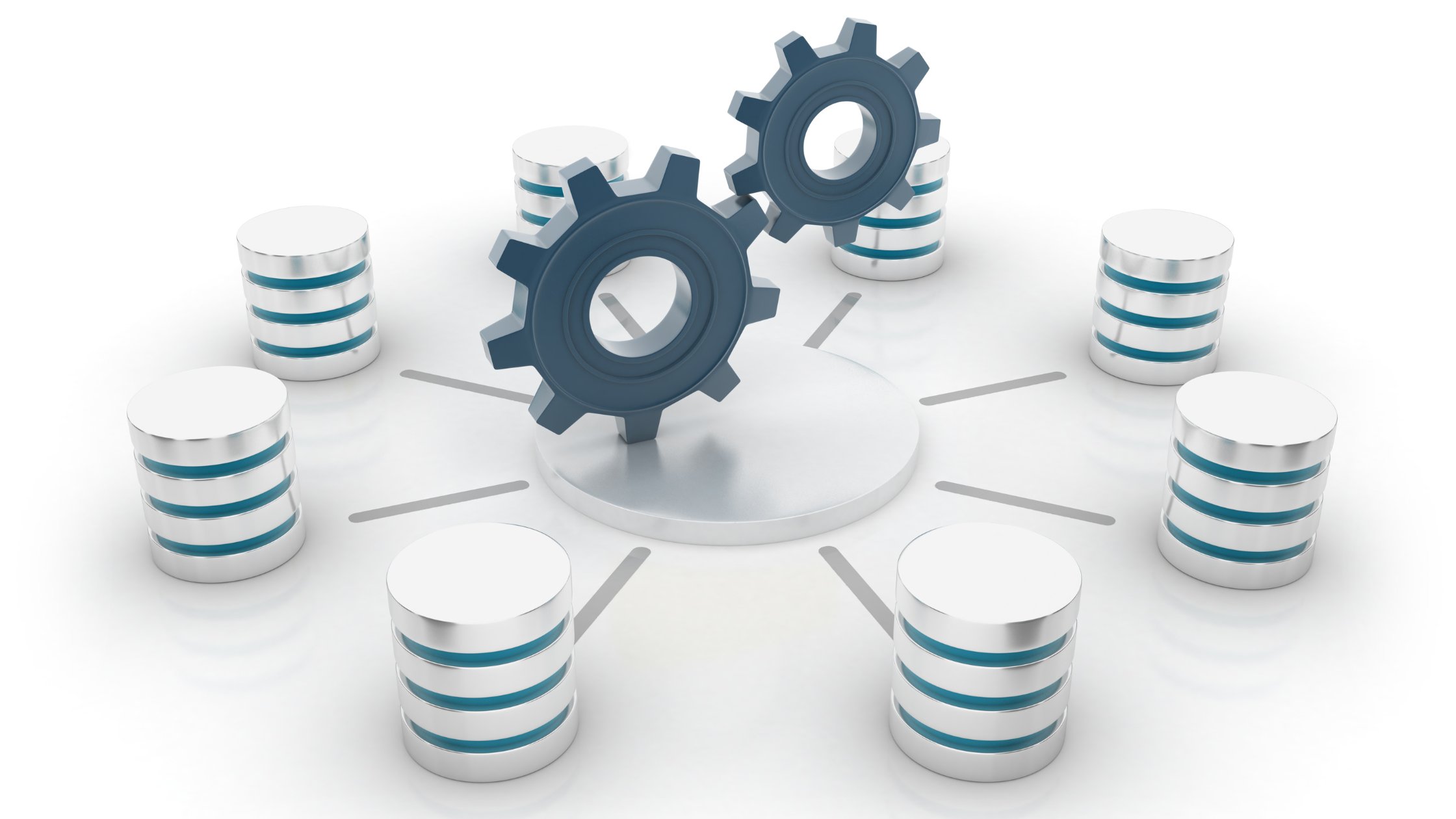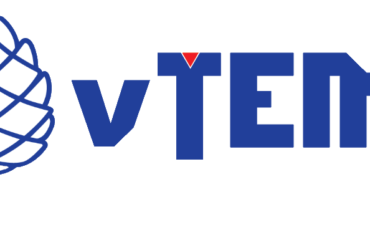Databases are foundational to any software application, ensuring data is stored, retrieved, and managed efficiently. They come in various forms, each designed to handle specific types of data and use cases. This guide will introduce you to the world of databases, their types, and their applications.
What does the data look like?
Data can be structured, semi-structured, or unstructured.
Structured data is organized in rows and columns, like in spreadsheets.

*This table represents structured data where each customer’s information is organized in rows and columns. Each row represents a unique customer, and each column represents a specific attribute to the customer.
Semi-structured data, like JSON or XML, has some level of organization but doesn’t fit neatly into tables.

Unstructured data includes texts, images, and videos.

What do you need to do with it?
Different types of data – and even similar types of data for different use cases – get used in different ways. For instance, transactional data in a production database is different from data in an analytical database. The former is about real-time operations, while the latter is about insights and patterns.
3 major categories of databases and what they do
- User-facing Databases: Power user interactions in applications.
- Analytical Databases: Designed for analysis and reporting.
- Operational Databases: Support back-end operations and internal processes.
Databases that power a user-facing app
- User-facing databases are crucial for any digital application. They store user data, application states, and more.
User-facing DBs / Relational Databases
- Examples: MySQL, PostgreSQL, Oracle
- Relational databases use tables to store data. They are known for their structured nature, ACID properties, and SQL querying capabilities.
User-facing DBs / NoSQL Databases
- Examples: MongoDB, Cassandra, CouchDB
- NoSQL databases are flexible and can handle structured and unstructured data. They are scalable and are often used for big data applications.
User-facing DBs / Graph Databases
- Examples: Neo4j, OrientDB
- Graph databases are designed to store data as nodes and edges, making them perfect for applications that require relationship mapping, like social networks.
Databases that power analytics
Analytical databases help businesses derive insights from their data.
- Analytical DBs / Data Warehouses
- Examples: Amazon Redshift, Google BigQuery
- Data warehouses store historical data optimized for querying and analysis. They support complex queries and can handle vast amounts of data.
- Analytical DBs / Data Lakes
- Examples: Amazon S3, Azure Data Lake
- Data lakes store raw data in its native format. They can handle structured and unstructured data and are scalable.
- Analytical DBs / GIS Databases
- Examples: PostGIS, Esri ArcGIS
- GIS databases store geographic and spatial data. They are used in applications that require mapping and location-based services.
Databases that power operations
Operational databases ensure smooth back-end operations.
Operational DBs / Key Value Stores
Examples: Redis, Riak
Key-value stores are simple and fast. They store data as key-value pairs, making data retrieval straightforward.
Operational DBs / Time Series Databases
Examples: InfluxDB, TimescaleDB
Time series databases are optimized for time-stamped data. They are used in applications like IoT, finance, and monitoring.
Operational DBs / Logs and Search Databases
Examples: Elasticsearch, Splunk
These databases are optimized for storing logs and supporting search operations. They can handle vast amounts of log data and provide real-time search capabilities.
The Database Database
The “Database Database” is a metaphorical concept. It’s the idea of understanding databases at a meta-level. Just as databases store data, our knowledge about databases, their types, use cases, and intricacies, forms a “database” in our minds. As we navigate the world of software development, this “database” helps us make informed decisions about data storage, retrieval, and management.
In conclusion, databases are diverse and multifaceted. Choosing the right database depends on the data type, use case, and specific requirements of an application. As technology evolves, so do databases, offering more specialized solutions for varied needs. Whether you’re building a user-facing application, deriving insights from data, or ensuring smooth operations, there’s a database tailored for your needs.




